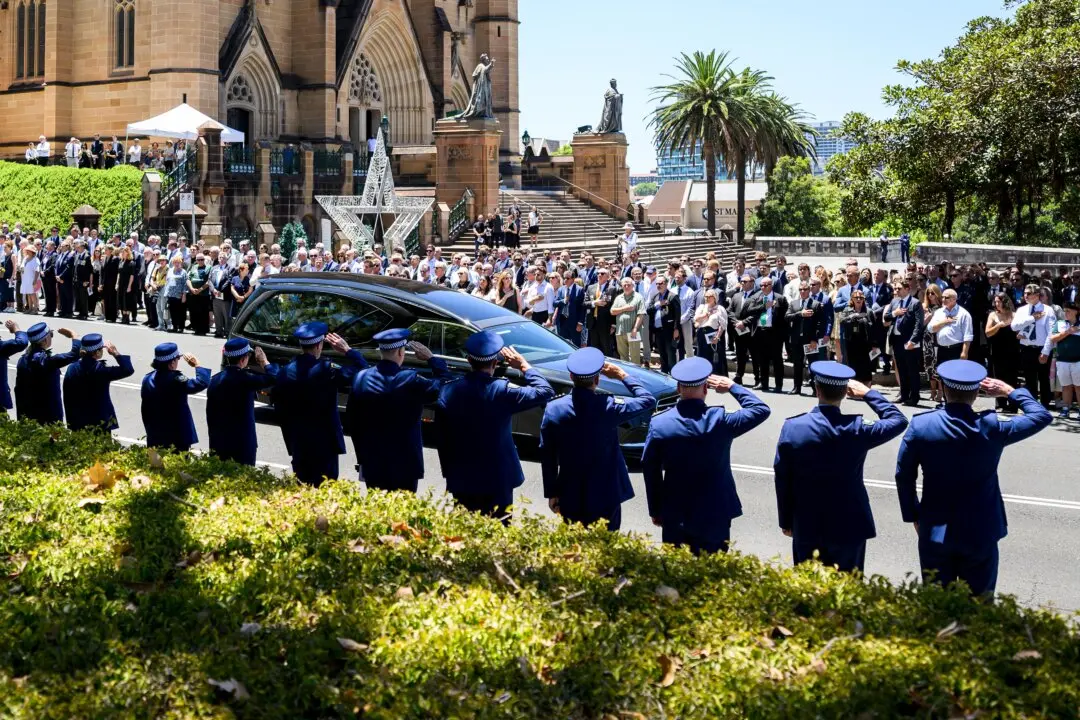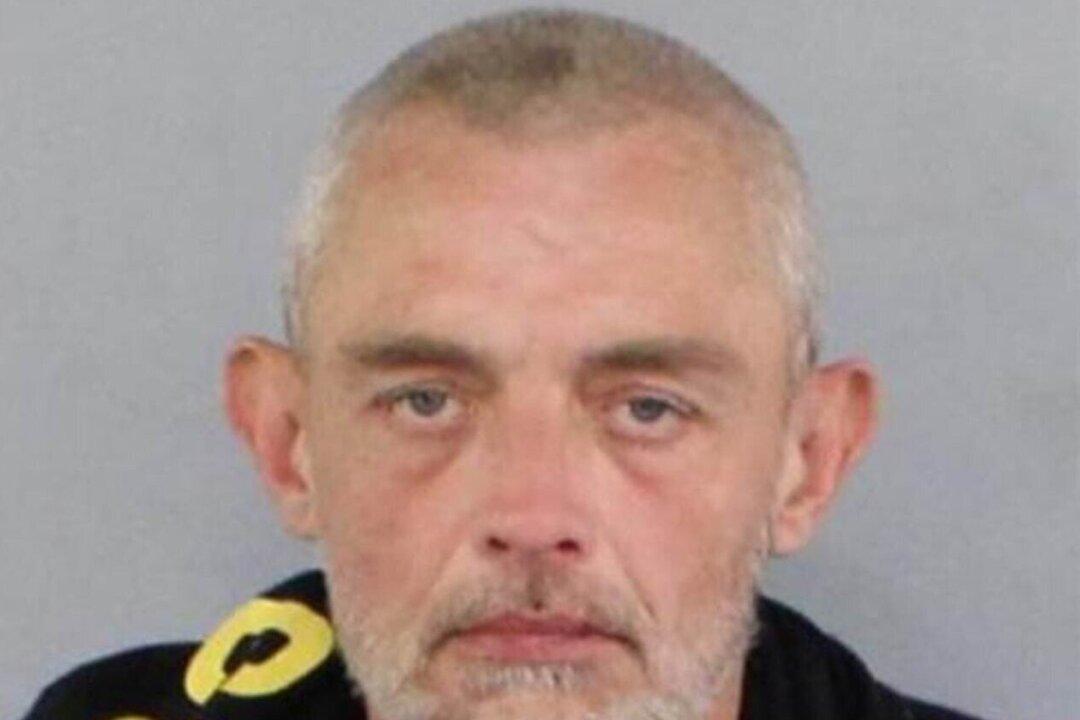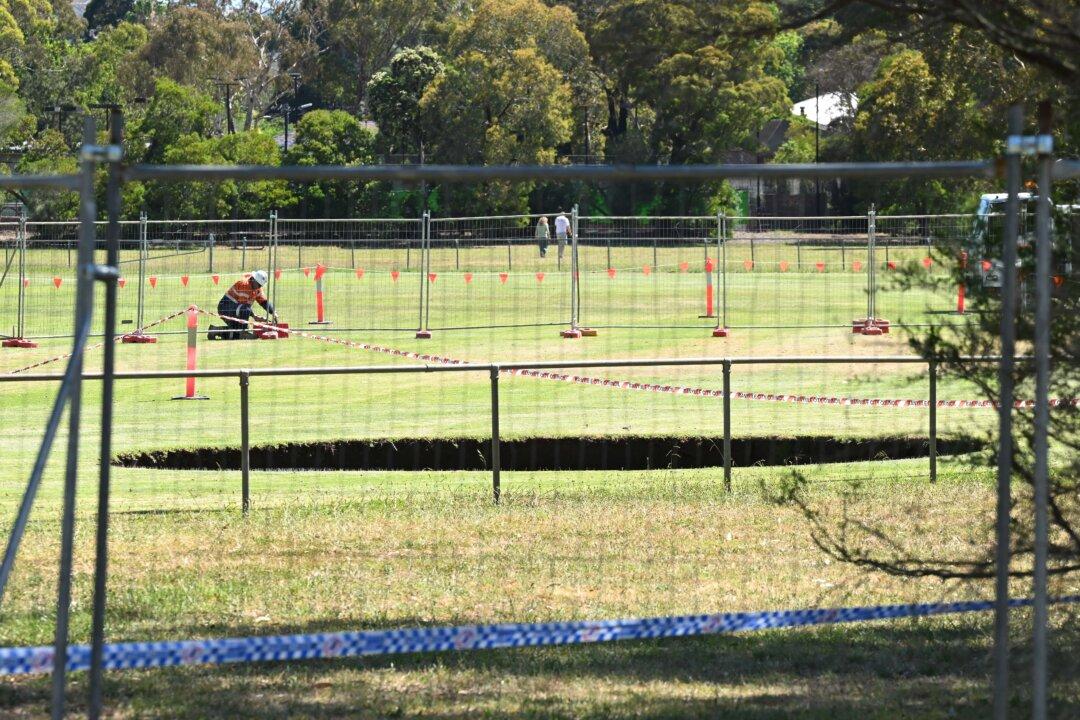Sydneysiders could soon pay for their travel via facial recognition technology and use drones or flying cars to cart themselves, meals and shopping around, the NSW transport minister says.
In a speech to the Sydney Institute on late July 9, Andrew Constance said he wanted people to “not think about their travel”.





